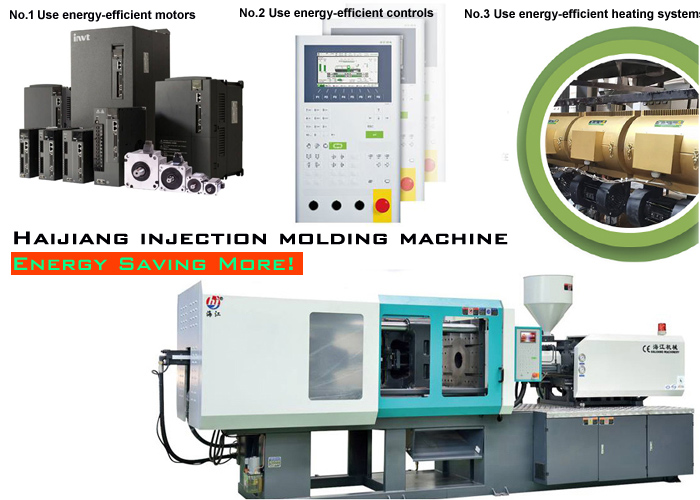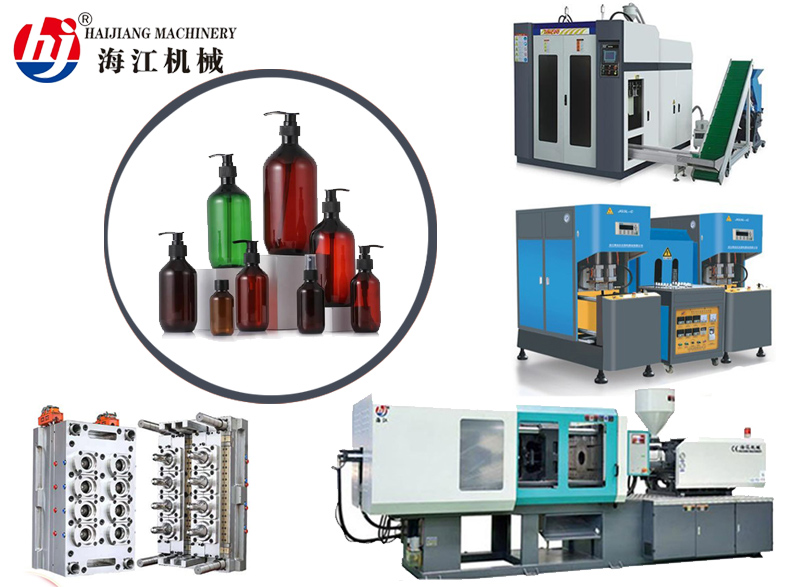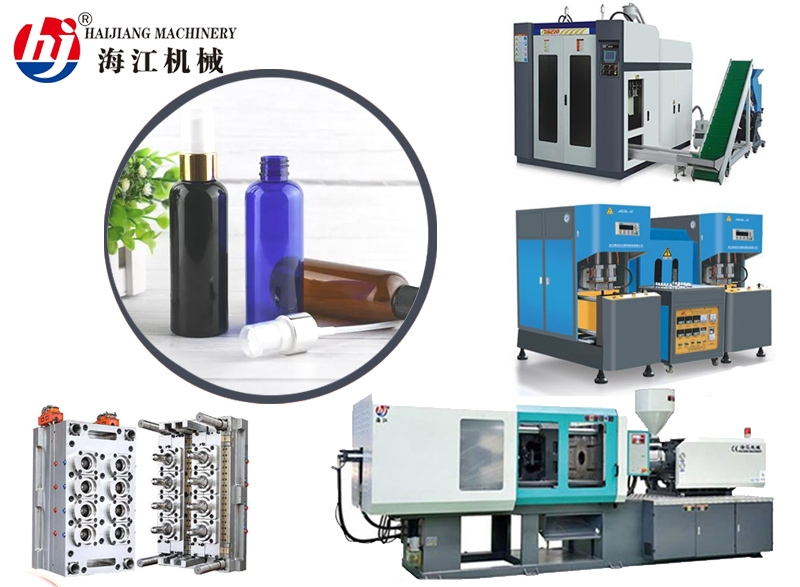History of injection molding machine
The history of injection molding can be traced back to the 1800s, when the first injection molding machine was invented by John Wesley Hyatt. Hyatt developed the machine to produce celluloid billiard balls, which were in high demand at the time. The machine worked by injecting a small amount of celluloid into a mold, which was then cooled and removed from the mold.

In the 1930s, the first plastic injection molding machine was developed by James Watson Hendry. Hendry's machine was based on the principles of the screw extruder, which was invented in the late 1800s. The machine worked by heating plastic material and injecting it into a mold under high pressure.
In the 1950s and 1960s, injection molding machines became more sophisticated and efficient. The use of hydraulics and computer controls made it possible to produce complex, high-precision parts with a high level of consistency.
Today, injection molding is a widely used manufacturing process for producing a variety of plastic parts and products. Injection molding machines are used in a variety of industries, including automotive, medical, and consumer products. The technology has continued to evolve, with the development of new materials, processes, and machine designs.
The first all-electric injection molding machine was developed by the Japanese company Niigata Machine Techno Co., Ltd. in the 1970s. The company's MD-S series of injection molding machines were the first to use electric servo motors to drive the injection and clamping systems.
Prior to the development of all-electric injection molding machines, most injection molding machines used hydraulic or pneumatic systems to drive the injection and clamping systems. These machines had several disadvantages, including high energy consumption, maintenance requirements, and noise levels.
All-electric injection molding machines have several advantages over hydraulic and pneumatic machines, including energy efficiency, improved accuracy and repeatability, and reduced maintenance requirements. Today, all-electric injection molding machines are widely used in a variety of industries, including automotive, medical, and consumer products.





